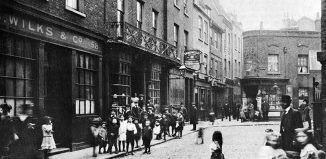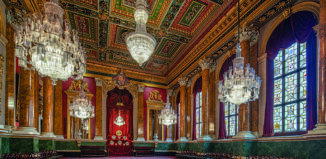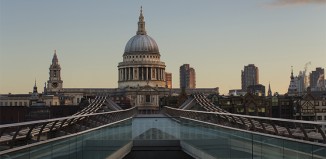The Curtain rises on excavation of Shakespearean theatre
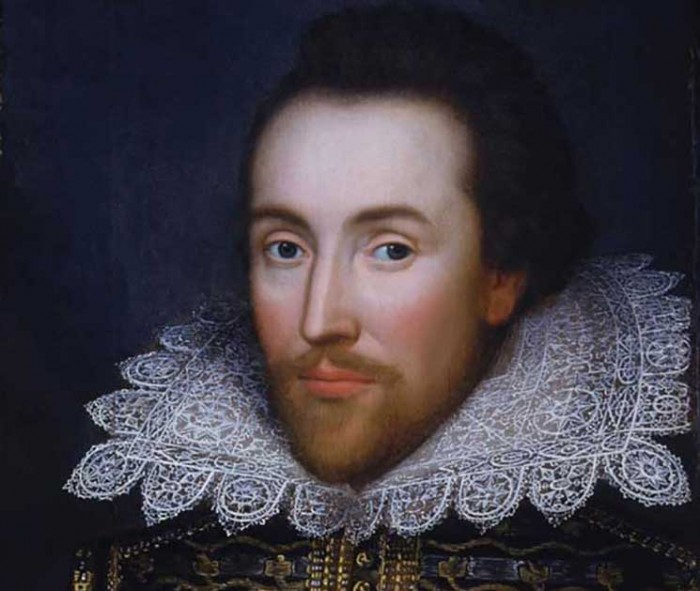
The Globe theatre on London’s South Bank may be the place we most associate with Shakespeare today but many other theatres played an important role in the Bard’s career.
Now, archaeologists from MOLA have broken ground for the detailed excavation of the Curtain Theatre, one of Shakespeare’s least historically documented playhouses, in London’s Shoreditch.
Records have always pointed to the Curtain Theatre being close to modern-day Curtain Road in Shoreditch in east London. In 2011, archaeologists from MOLA were undertaking exploratory excavation for The Stage Shoreditch – a £750m mixed-used development – when they came across the remains of the theatre. Those excavations revealed a very small section of the Tudor building which suggested the remains are well preserved and, now, archaeologists have started to expose all of the surviving remains so the playhouse can be studied in detail.
The Curtain Theatre is first recorded as having opened its doors in 1577 in an area called Curtain Close in Shoreditch, home to Shakespeare’s earliest theatres and arguably the birthplace of modern theatre. Shakespeare’s Lord Chamberlain’s Men used The Curtain from 1597-1599 and Henry V is believed to have debuted there.
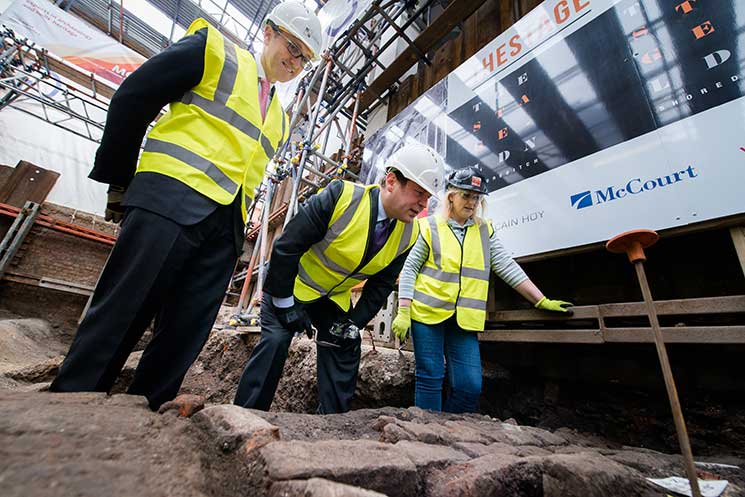
It is hoped the remains of the Curtain, which are approximately two to three metres below modern ground level, will give archaeologists more clues about the physical structure and use of the theatre, as well as shed new light on the cultural makeup of the area and performances in the 16th and 17th centuries.
Archaeologists have started digging through the 18th-century remains that encase the Curtain, and today’s event marks a major milestone as they begin excavation of elements from the 16th and 17th centuries looking for evidence of the stage, the backstage area, the yard and of the stairwells that led the theatregoers up to the galleries.
Once the detailed dig is complete, the remains of the Curtain will be preserved in-situ, and artefacts will be studied in detail. A display of the finds will sit alongside the theatre remains as part of a new cultural and visitor centre.
Heather Knight, the senior archaeologist leading the dig on behalf of MOLA, said: “We hope to find out more about the structure of the theatre – where Henry V was first performed – which will give us a clearer indication of how Elizabethan playhouses were used and the evolution of theatre.
“There is also the possibility of finding fragments of props, costumes or items used by the audience, including food remains or drinking vessels, which could tell us more about theatre productions and culture at the time. We look forward to sharing our findings in due course.”

